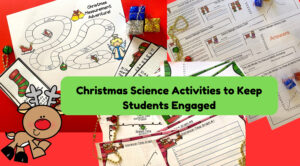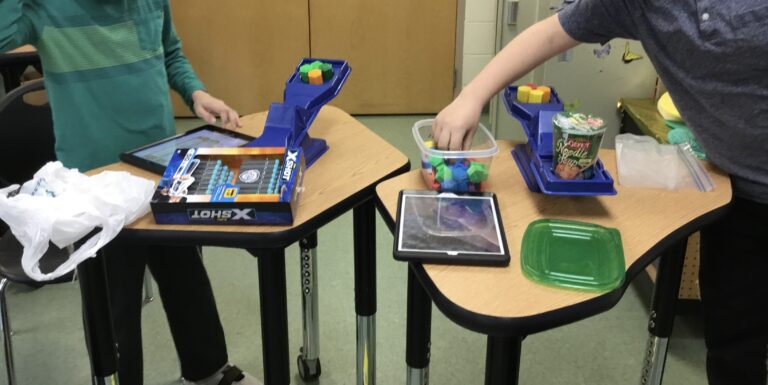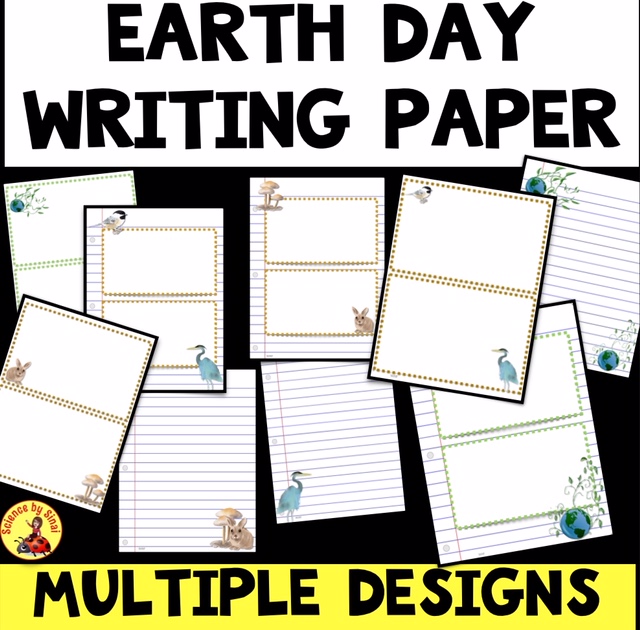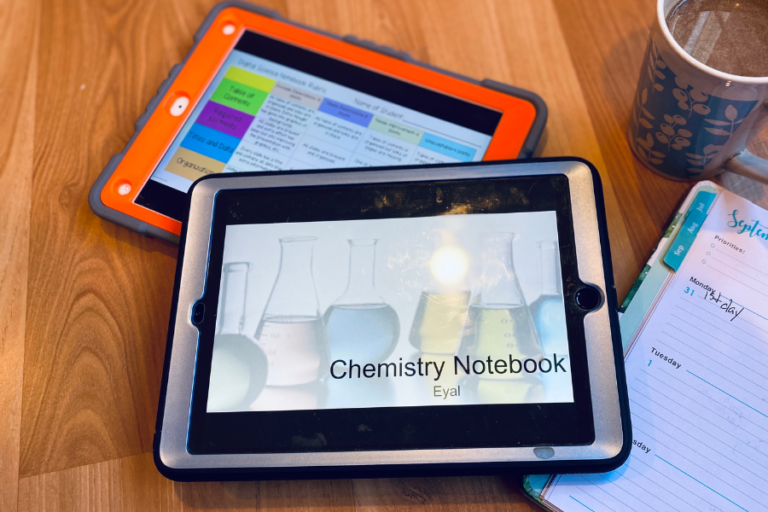50 Fun End of Year Science Activities for Middle School
Are you looking for meaningful, end of year science activities for your middle school students?
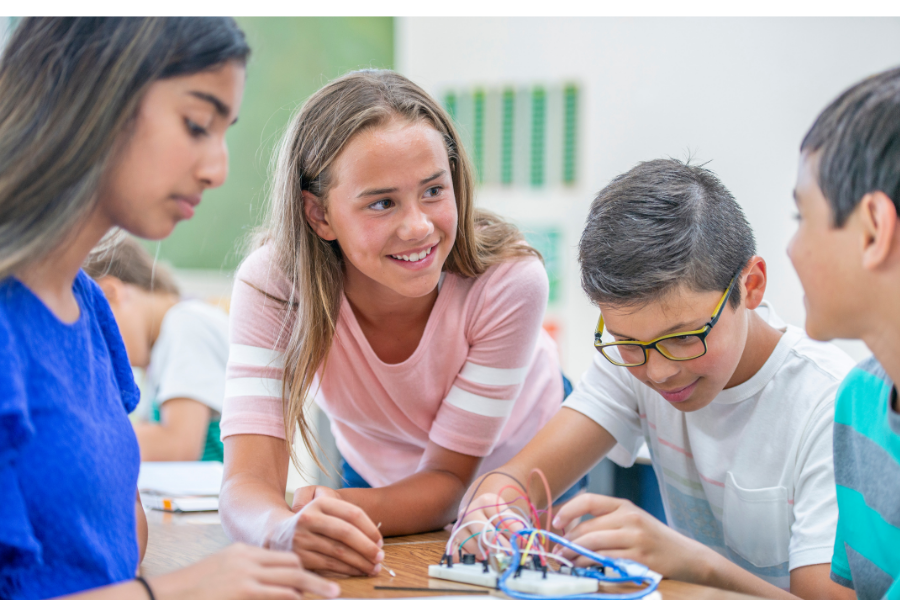
50 Fun End of Year Science Activities for Middle School
Updated May 18, 2022
I put together 50 end of year science activities such as STEM, critical thinking CER, worthwhile research activities, environmental exploration, crafty ideas and just messy fun projects! I have done the research for you so most ideas have links to get you started!
Exciting STEM Activities to Finish Off the Year
1) Rube Goldberg machines Who doesn’t love these? Grab a ton of recycled materials, some glue and tape and let the students be extremely creative! Read my blog post called How to Create an Exciting but Structured Rube Goldberg Machines Unit about how to keep everything organized and structured to keep your sanity!
2) Design and Create Solar Ovens with Pizza Boxes– Break out the marshmallows and chocolate and use the sun to create yummy treats.
3) Paper airplane contest– When I did this last year I was shocked at how many students have never made paper airplanes!
4) STEM Design and Build Magnet Mazes Students love to create themes such as amusement parks, farms, zoos, Disney World, etc. as they make obstacles for the magnets throughout the maze. Keep the project structured and organized so that the students stay on task. How to Create STEM Magnet Mazes.
5) Paper Roller Coaster– This requires minimum materials and lots of critical thinking.
6) STEM Design a Seed Dispersal Method– Making organic flowers and seeds out of recyclables really has the kids thinking.
7) Design and Build a Water Filter– Make the dirtiest water you can for the students to “clean”.
8) Foam Insulation Roller Coaster– Cut foam pipe insulation in half and twist it all over your walls for a super fun marble roller coaster.
9) STEM Design and Build Craft Stick Bridges– Have students first research bridge designs and then try to create the strongest one on their own.
10) Design an Aluminum Foil Boat to hold pennies.-Give students a certain amount of aluminum foil and have them design boats to hold weight.
11) STEM Mutualism Symbiosis Structured Project-Review relationships between animals and have students design two animals that have a symbiotic relationship.
12) Design an Egg Drop (with international rules)-An old favorite and this site has the basic rules.
13) Balloon Cars– Tons of fun racing these cars.
14) STEM Design and Build Electrical Circuit Games-Students design games using their knowledge of basic electrical circuits. We love to invite younger students in to play the games! This blog post describes how we do it. How to Create STEM Electrical Circuit Games.
15) Paper Ball Run Challenge – Great, inexpensive activity.
16)Spoon and Popsicle Stick Catapults– We all love flinging things!
Entire STEM Based Units
17) Steven Spangler This website has tons of ideas for all types of labs.
18) Science Buddies-Great site for STEM ideas.
19) Science Spot – Survivor Science– An entire unit, based on the TV Show, that could take a week to cover.
20) Science Spot- Junk Box Wars.A well organized unit using cheap materials.
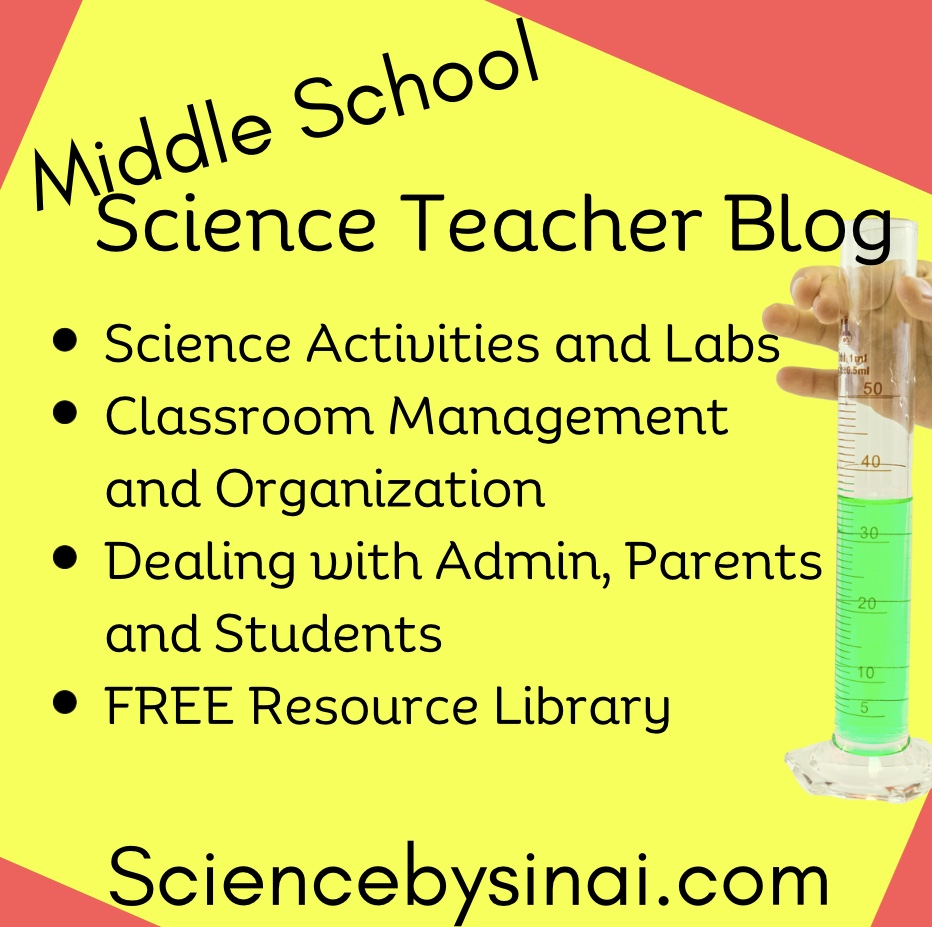
Messy But Lots of Science Going On
21) Bake bread with different ratios of ingredients for the students to taste test. Use any bread recipe and change out ingredients and/or proportions. Cooking chemistry is probably something most students never thought about.
22) Dissect hearts or a brain. Preserved materials are good but one year I had a butcher come in with some fresh organs, which was amazing!
23) Play With Dry Ice Day– Dry ice is super fun as long as proper supervision is in place.
24) Make Oobleck -Whether each student makes their own or you make a giant batch, cornstarch and water makes a super fun goo to play with for hours.
25) Launch Alka-Seltzer Rockets– You will have to order old film canisters for these but they are worth it.
26) Make Ice Cream in a Ziploc Bag_ Such a great hot day activity with a lot of science to discuss.
27) Make Slime!– Instant crowd pleaser!
28) Make Puffy Slime using Shaving Cream– Not as stretchy but a fun, great smelling alternative to regular slime.
29) Make bubble experiments-Everyone loves bubbles! Have the students experiment with different wand shapes, bubbles inside of bubbles, or different proportions for the soap solution.
30) Density experiments-There are lots and lots of density experiments that you can come up with such as guessing if something will float in water or not, building density towers, oil and water experiments, etc.
Environmental Exploration Projects
31) Food Web Dice Roll Game For Events Causing Changes in Populations and Biodiversity -Students draw out a food web from a specific biome, connecting the plants and the animals of their food chains. They then roll a pair of dice that determines either a man-made or natural event that affects different aspects of that food web. If a specific plant or animal is affected by that event, then the lines are erased on their food web. Since this is a game of chance, not all of the students will come out with the same results at the end which leads to great discussions!
32) Abiotic/Biotic Schoolyard Ecosystem Scavenger Hunt.-I do this activity at least three times during the school year. I take the kids outside and we walk around with the scavenger hunt guide, on their iPads, and observe the changing seasons. My blog post called Go Outdoors on an Exciting Schoolyard Ecosystem Scavenger Hunt! explains the components of the hunt.
33) Design an animal from two animals- This is a fun and interesting project where students take two unrelated animals and combine them into one. They need to determine it’s needs and habitat as well. The students love either drawing their new creatures or using a Photoshop app to combine two images.
34) Watch the Lorax Movie-I have never once had a class that wasn’t quiet and mesmerized watching this movie. Such great discussions can happen afterwards! I have seen extensions to this with students making the Truffle trees out of various materials. I also like to have the students write what would happen next if the movie continued.
35) Explore Pond Microorganisms as Bioindicators of Water Pollution.-If you have a pond nearby, or are you were able to collect pond water yourself, students love looking under the microscopes at the unbelievably diverse creatures! It’s very helpful to have reference images to know what they are finding. I also put together references as to which creatures are more or less tolerant of pollutants. My blog post called Identifying Pond Water Microorganisms as Bioindicators explains how I use them.
36) Build a Zoo -I know a lot of teachers do a variation of this project and it really is great. Students need to come up with the abiotic and biotic features for their specific animal and then design an enclosure with all of the needs met. The individual enclosures can then be put together into a giant map of the classroom zoo.
Critical and Creative Thinking Activities
37) CSI -This is just one of many websites describing how you can do a very fun CSI unit with lots of inexpensive and fun activities such as fingerprinting, mystery powders, acid and base testing, etc.
38) Genetic Project– This is one of my all-time favorites and it has become a favorite of my students as well! Students design a male and female alien that is especially adapted to a planet that they invent. They come up with the traits and then use Punnett squares to create the babies. I made this well structured which makes it easier. If time permits, we also love to make the aliens into three-dimensional creatures along with designing a planet surface.
39) Pringles Potato Chip Circle Challenge-If you haven’t seen this all over social media, the idea is that you stack the potato chips in a standing ring without using any glue or adhesive. It’s hard but it’s very satisfying when it works!
40) CER Image Prompts for Critical Thinking-I like to start and finish my year with a review of the basics of CER methods. The students like using the image prompts from either life, physical or earth science to figure out the scientific question asked.
41) Pretests for next year- This can be a good opportunity to see what the students know about your units for next year. This is particularly helpful if you teach multi levels of science in middle school.
Worthwhile and Interesting Research Activities
42) Research an Invasive Species-Many of our “local” animals and plants are actually invasive species. Students choose from a list of many different plants and animals and research the areas that are being invaded and how it occurred.
43) Research A Storm– Many kids are very interested in the big storms such as tornadoes, hurricanes and supercell thunderstorms. This is a very structured layout, with research prompts, and the kids can then present to the class.
44) Research a Scientist-I had a teacher friend who had the students research a scientist and then present to the class dressed up as that scientist may have dressed. The kids loved it and it was very interesting.
45) Research an Element-there are actually many different types of activities online for students to choose. I have seen making an advertisement for that element, a history of that element, a superhero made from the element, etc.
Crafty Science Projects
46) Make Shrinky Dinks -You will need access to an oven to do this project but the students really love it!
47) Paint T-shirts or lab coats-If the students have old shirts, or you have a budget for inexpensive lab coats, this can be a lot of fun with fabric paint.
48) Make Kites-You may be surprised how many kids have never flown a kite!
49) Build a Cardboard Mechanical Hand-This takes patience and time but, in the end, students understand the complexity of the human hand.
50) Design Growth Mindset posters for next year- have the students come up with their own mindset statements and make posters to hang around your classroom.
Conclusion
Ending the year with creativity and active, hands-on learning, is a great way to pull everything together. This is particularly important if the students have just sat through state testing and have very little mind space left for a deep unit. I am always pleasantly surprised at how engaged and enthusiastic they are with the end of the year science activities!





